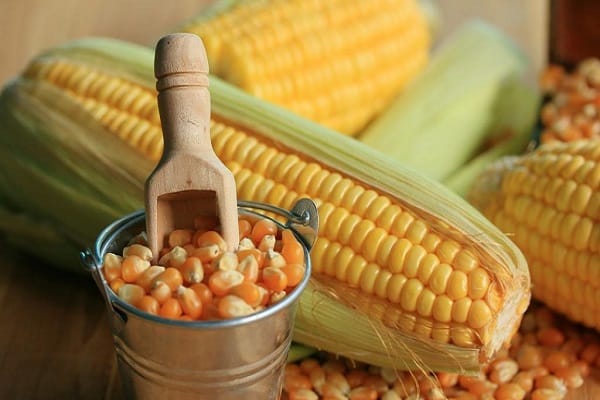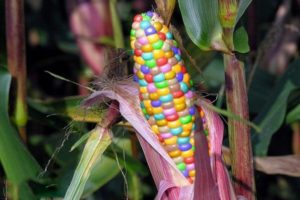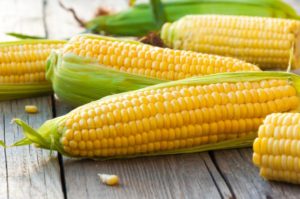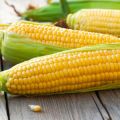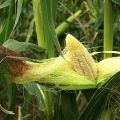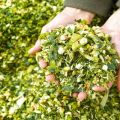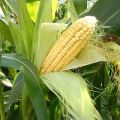What family and species does corn belong to: vegetable, fruit or cereal
Many people ask if corn is a vegetable or a fruit. Not everyone understands what a plant with large yellow ears is. However, this is definitely not a fruit. Then you need to consider what corn is - a vegetable or a cereal.
Corn is a cereal crop. It is familiar to people of all countries, loved on all continents, as it has many useful properties.
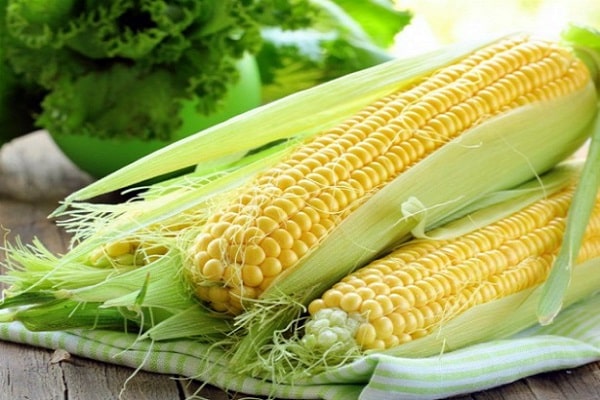
What is corn?
The corn plant is, like rice, oats, rye or wheat, a cereal plant. It is a herbaceous plant that can grow up to 3 m in height. On its long stem, cobs with juicy seeds are formed, which are used for food. However, other parts of the plant are suitable for processing and use in various areas of human life.
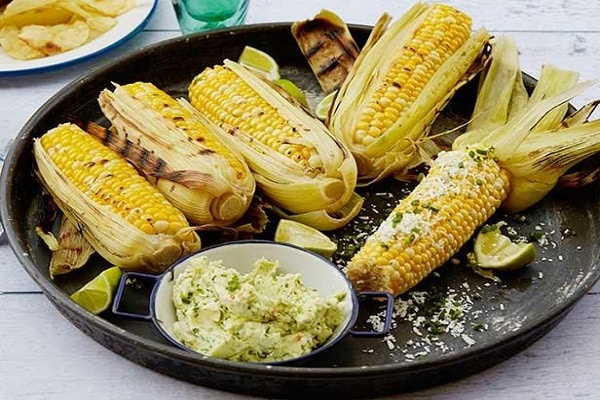
Origin story
The history of the origin of culture goes back centuries. Archaeologists have discovered the earliest ears of corn on the territory of modern Peru. The age of the find is about 10 thousand years. And the age of the first discovered corn pollen is 55 thousand years. Corn as a cultivated plant was first cultivated in Mexico. The first ears differed little from wild-growing fruits. They did not exceed 5 cm in length, and the grains were small.
At the same time, fodder crops are spreading in other countries of Central and South America. In the American continent, corn is called maize. This name was given to her by the ancient Mayan tribes. This people grew several varieties of maize - from the early ripening, which was called the Song of the Rooster, to the late one, called the Old Woman Maize, and ripening within six months.
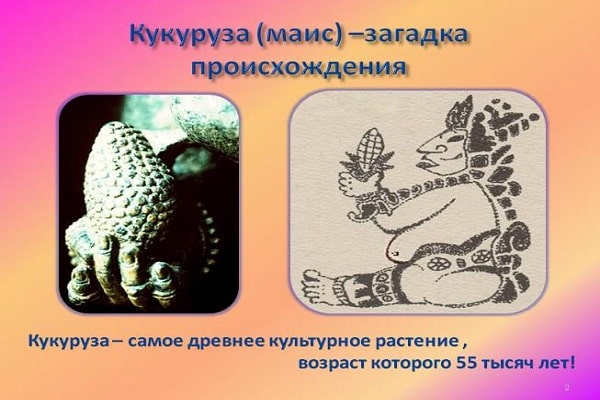
For American tribes, maize was a special plant. Due to their rounded shape and golden color, the grains were associated with the sun by ancient people. Lavish festivities were held in honor of maize, the plant was depicted next to figures of the gods. The bread, which was baked from corn flour, was placed in the temple of the sun god. And the temples themselves looked like an ear of corn.
An Indian legend says that once a beautiful girl decided to save people from hunger and turned into an ear of corn, leaving only her beautiful hair. In some tribes, Mais was the son of the Sun and the Moon.
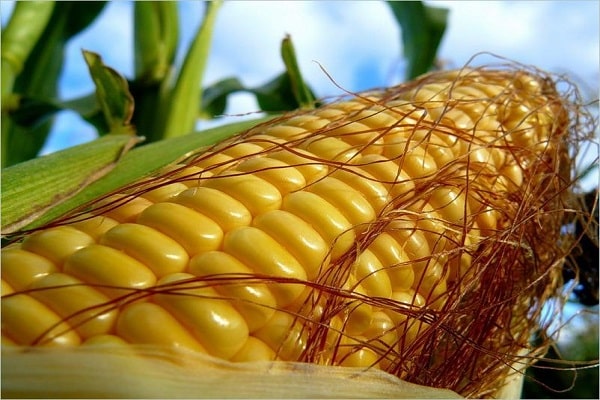
Even the American holiday of Thanksgiving is associated with maize. When the Europeans landed on the shores of the new continent, the natives treated them to maize. Later, in gratitude, the Europeans brought gifts to the local tribes from their continent.
Maize appeared in Europe thanks to Christopher Columbus. This event took place at the end of the 15th century during the Great Geographical Discoveries.The Europeans liked corn, however, at first it was grown as an ornamental plant. Only a few decades later, the taste and useful properties of maize were appreciated.
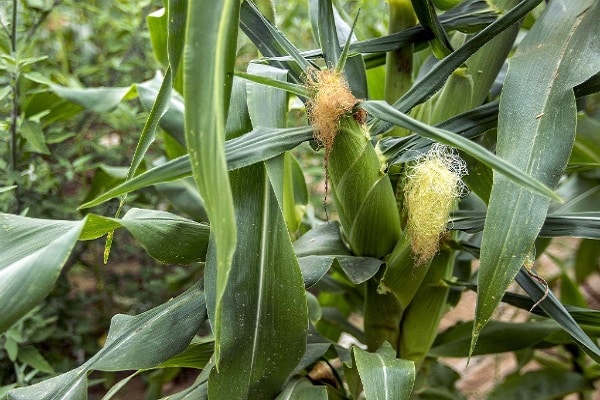
Maize came to Russia during the Russian-Turkish war of 1768-1774. The Turks have already planted an American plant in Bessarabia. The first regions in Russia that began to grow "Turkish wheat", as corn was first called, were the Crimea, the Caucasus and southern Ukraine.
Biological description
Most of the crops belong to the Cereals botanical family. These include corn - a cereal that is the only representative of the genus Corn.
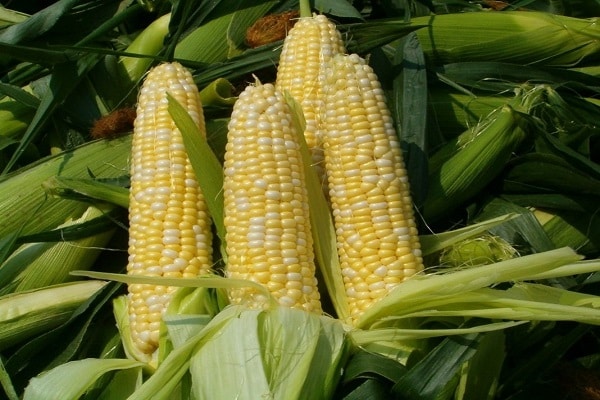
However, according to the botanical description, the characteristics of the plant are in many ways different from other representatives of cereals. Its root system and ground part have more powerful development. The leaves are long, the inflorescences are panicle and ear. Male flowers have stamens, while female flowers have only pistils. The grains have a different shape, size and color from other cereals.
Although the corn is native to the hot countries of South and Central America, the plant tolerates cooler climates well. Seedlings are able to withstand short-term frosts, and seed ripening begins already at a temperature of +10 ° C. The culture is undemanding to moisture and lighting. Daylight hours and moderate rainfall are enough for her to grow and bloom.

But the corn loves the soil loose and fertile. It grows best on black soil, loamy, sandy loam or peat bog soils. If you also feed the plant during the growing season, then a high yield is practically guaranteed.
Kinds
Corn is called "the queen of the fields". It is widely used in food and industrial applications. Over a long history, species of wild, wild-growing, field corn have turned into cultivated varieties. There are 8 plant species in total. However, the varieties of each species number in the hundreds. In this regard, cereal corn, legumes and nuts are similar.
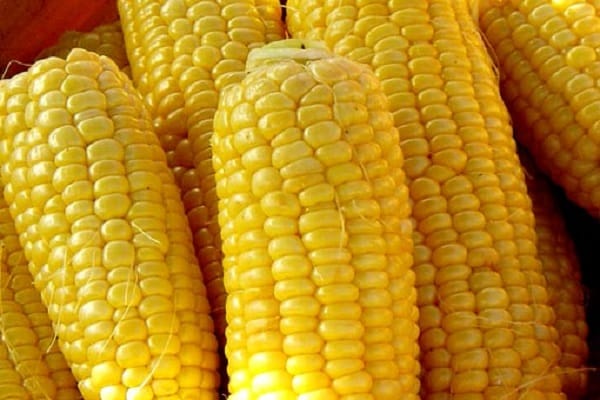
The following are of industrial importance types of corn:
- Sugar (sweet, milk). This type is the most common as the sweet corn kernels are soft and tasty. The young ear is milky in color but turns golden yellow when ripe. The most common food is the grains of young ears, as they are the sweetest. This species has many varieties and hybrids growing around the world.
- Tooth-shaped. A characteristic feature of such corn is the rich golden yellow color of the grains. This species is famous for its high yield and good endurance. It is eaten. It is used to produce flour and starch, livestock feed (silage), and alcohol.
- Siliceous (Indian). This species is distinguished by its early maturity. The grains are round and smooth, different in color. One ear can contain white, yellow, red and black grains. This species contains a large amount of starch, however, cereals and flakes are produced from it.
- Starchy (soft, mealy). This species is distinguished by a thin head of cabbage with large grains of red and white colors. The species got its name from its high starch content. The starch is soft and therefore easy to process. Flour and molasses are made from starchy corn. However, the species is grown only in the United States and in the countries of South America.
- Waxy. If you ask which type of corn shows the least vitality and gives the worst yield, the answer is waxy. This species got its name for the peculiarity of the grain coating, which resembles a layer of wax. The grains themselves are white or yellow, but often diluted with red grains.
This type of maize was formed as a result of a wild mutation and is not suitable for growing in regions with inappropriate climatic conditions.The main region for the industrial production of waxy maize is China. There, starch is produced from it, which is considered the best corn product. But some varieties of waxy maize have good taste.
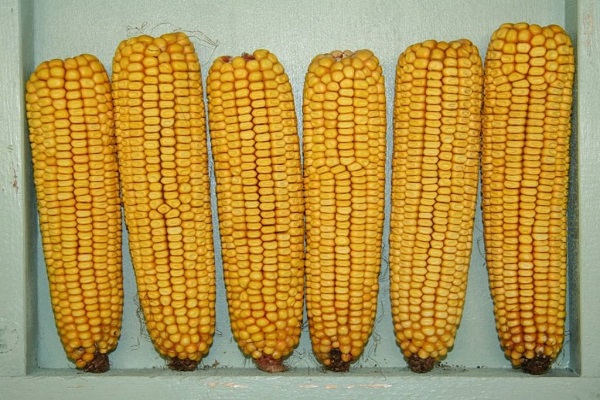
Etymology
At home, the plant is called maize. This name comes from the language of Haiti. But there are also several dialects in different regions. When the solar plant from the Cereal family appeared in Europe, the inhabitants of the countries of the Old World retained the names that relate to the culture of the Indians.
The Turks used the word "kokoroz", and the Romanians "corn", which translated as "fir cone". It is not known what the renaming refers to, but this name was adopted by residents of Eastern European countries. Later, the word "cocorosis" was transformed into the usual "corn" of the genus Corn.
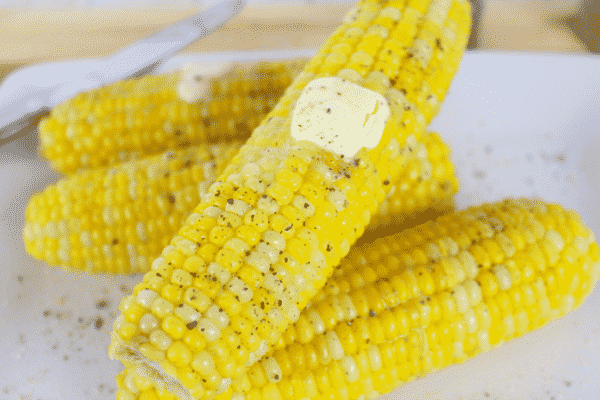
Effect on the body
The positive effect of the corn fruit on the body will not keep you waiting if you eat the cereal regularly. The microelements contained in it help to reduce blood cholesterol levels, due to which the cardiovascular system returns to normal.
B vitamins have a beneficial effect on the functioning of the nervous system, providing an anti-stress effect on the body. Eating corn contributes to a restful and sound sleep, the speedy overcoming of emotional overload and depression.
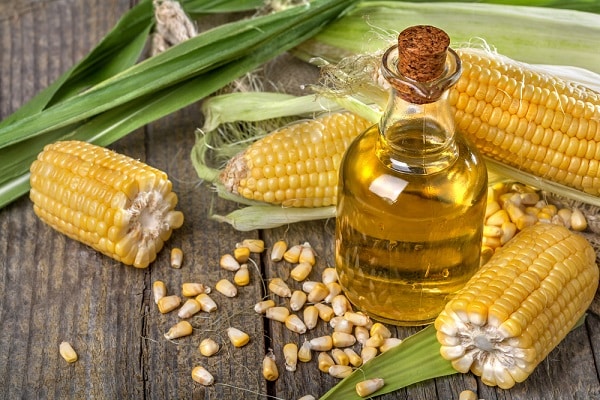
Vitamin E in the "queen of the fields" contributes to the preservation of youthful skin. Corn is useful and for digestion, as it normalizes the work of the gastrointestinal tract, cleanses the body of toxins, destroys substances that cause intoxication. Maize contains carotenoids that support eye health and improve visual acuity.
Sun cereal has a positive effect on the reproductive system of the female body, normalizes the menstrual cycle, and reduces the negative manifestation of menopause. Corn is also useful for men. Porridge made from golden grains helps to restore potency.
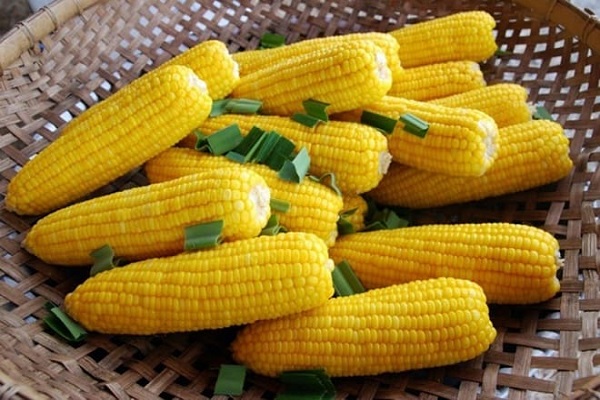
Corn has a positive effect on the human body not only when eaten. Various rejuvenating and nourishing masks for the skin of the face, body and hair are made from the grain. Corn helps to clear the skin of acne, age spots.
However, remember that in some cases, maize can be harmful to the body. Although corn is considered a safe food, sometimes people are allergic to substances in the cereal. Corn is also contraindicated for those who suffer from stomach ulcers, diseases of the duodenum or thrombophlebitis.
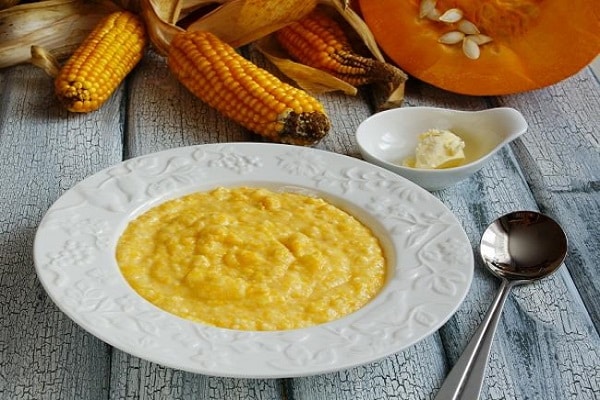
How to choose?
Corn can be grown on its own or purchased from a store or market. When buying cereals, you need to be careful. Vendors can pass off cheaper forage varieties as a cultivated plant for food. These cobs taste rough and bland. You can distinguish them by color. The ears of the forage varieties have a rich yellow color.
Sometimes even a good ear looks bright. A small test will help determine the quality. If you pierce the grain with your fingernail, then juice will sprinkle from a good cob.
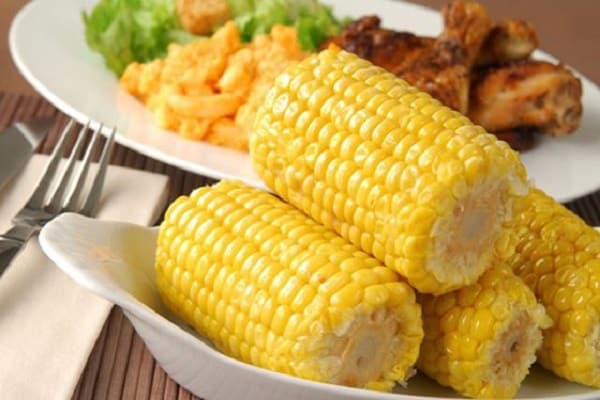
Corn is called (name, called) a useful cereal. However, a spoiled or old ear will do no good. When choosing a grain, try to unfold the ear. The young plant has milky or light yellow grains, and the antennae are white and soft. The combination of white and yellow corn kernels on the same cob signals that the cereal is not yet ripe.
Dry leaves signal that the ear was cut long ago and has already lost its juiciness. If there are bugs and other insects under the leaves, then it is better not to buy such products.
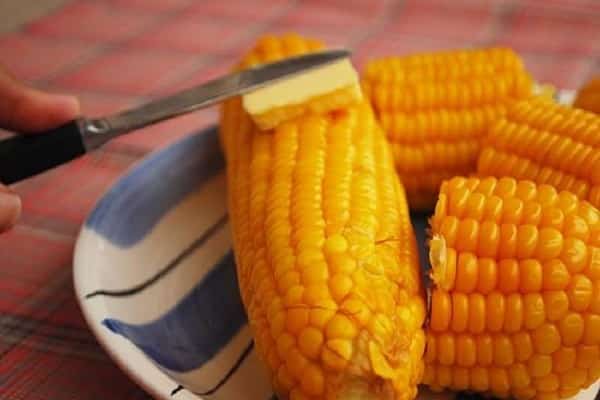
Corn in medicine
The culture of corn is a storehouse of trace elements, it is necessary for human life. Corn silk uses for the manufacture of drugs that help prevent cholecystitis and hepatitis. In urology, this raw material is used as a diuretic.
Many varieties of corn are high in magnesium, calcium, iron, and essential amino acids such as lysine and tryptophan. These substances are included in medicines for people with blood diseases.
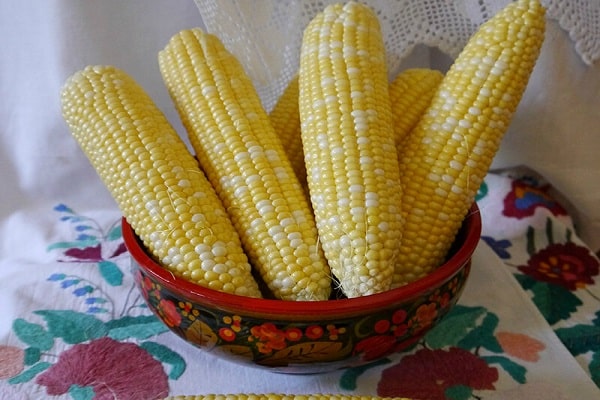
Corn grits are part of preparations that cleanse the intestines and normalize blood glucose levels, which is important for people with diabetes. Coarse fibers of cereals allow you to get rid of toxic substances in the body.
Maize is also used in folk medicine. The stigmas and pillars are most valuable, although other parts of the plant are also useful. Diuretics are prepared from stigmas, and a tincture for blood pressure is made from corn flour. Puree from golden grains is useful for people with gastritis or damage to the gastric mucosa.
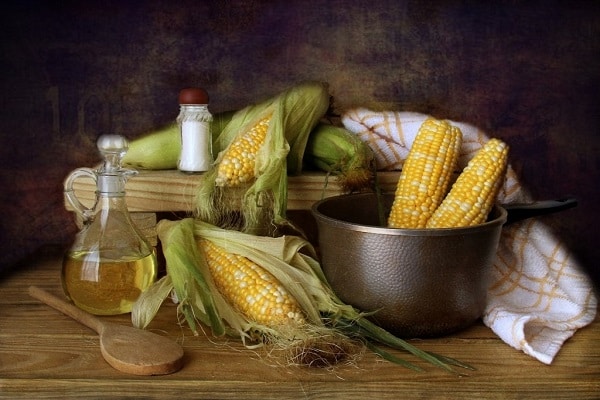
Useful properties of culture
The composition of the cereal culture includes such healing substances as fiber, pyridoxine, linoleic, ascorbic and pantothenic acids, starch, magnesium, calcium, iron, copper, potassium, phosphorus, amino acids and vitamins C, D, K, PP, group B. B the stigmas of maize contain a large amount of essential oils, and the leaves contain phenol carboxylic acids.
Corn is also good because, after freezing or canning, it retains all its useful properties.
The Indians knew that maize is a storehouse of nutrients. They used the plant completely. Various dishes were prepared from the grains and used to prepare seasonings, from the pollen they baked bread and cooked soups, and made drinks from the stem. There were even special meals and drinks made from maize, which were served to the imperial table, were used in rituals, and helped in treatment. Clothes were made from leaves and stems and used for other household needs.
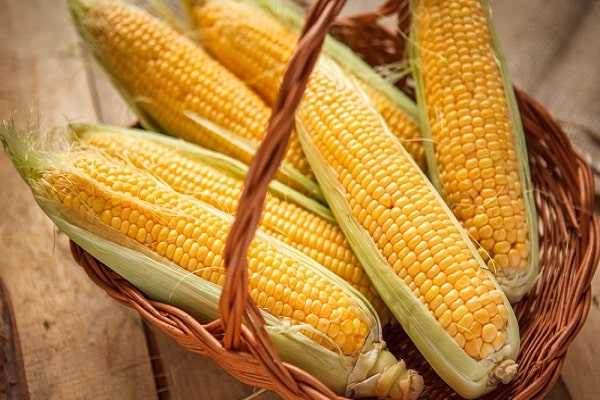
And today the grain crop is widely used in industrial production. The leader in the cultivation and use of grain crops is the United States. There they make food, drinks, paper, toothpaste, medicines from it. Most of the maize is used for livestock feed, which helps the United States maintain its leadership in livestock production.
Interesting Facts
Throughout the history of the plant's existence, many interesting facts have accumulated related to the solar cereal. Although maize most often does not grow taller than 3 m, there are varieties that can reach a height of 7 m.
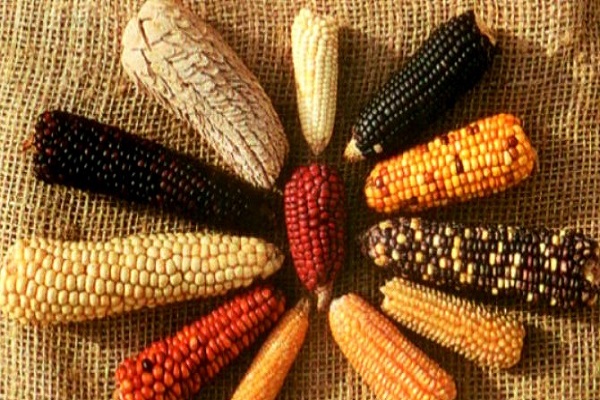
Today, maize is not found in the wild. People have so domesticated this plant that it can only be planted with seeds. The seeds that fall to the ground will not germinate. This feature has long worried people who considered maize a gift from the gods or a gift from aliens. However, scientists have proven that the wild ancestors of maize looked different and were pollinated by the wind.
Delicious popcorn is not a twentieth-century American invention. This product was invented by their ancestors 5 thousand years ago. They covered the grains with sand and built a fire nearby, and then caught the balls flying out of the fire.
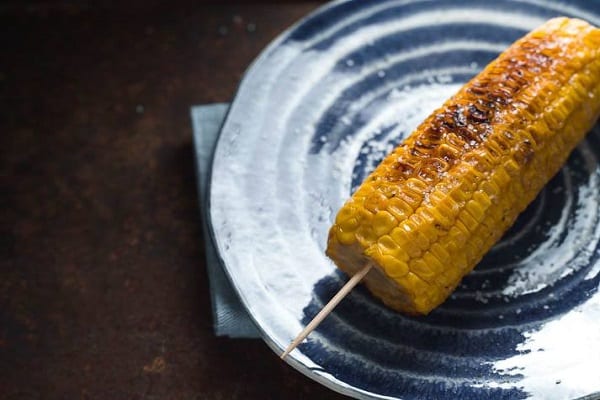
Many snacks are made from corn. However, corn sticks, cereals, and other similar foods are not as healthy as a whole cob. Snacks lose most of the health benefits of maize during processing.
Although corn appeared in Russia in the 18th century, it was glorified by NS Khrushchev in the middle of the 20th century. His epic with the cultivation of cereals in all regions of the USSR failed miserably. Corn, although resistant to cool temperatures, still prefers a warm and sunny climate. But the first secretary left to the younger generation the word "kukutsapol", made up of his famous phrase "Corn is the queen of the fields."
